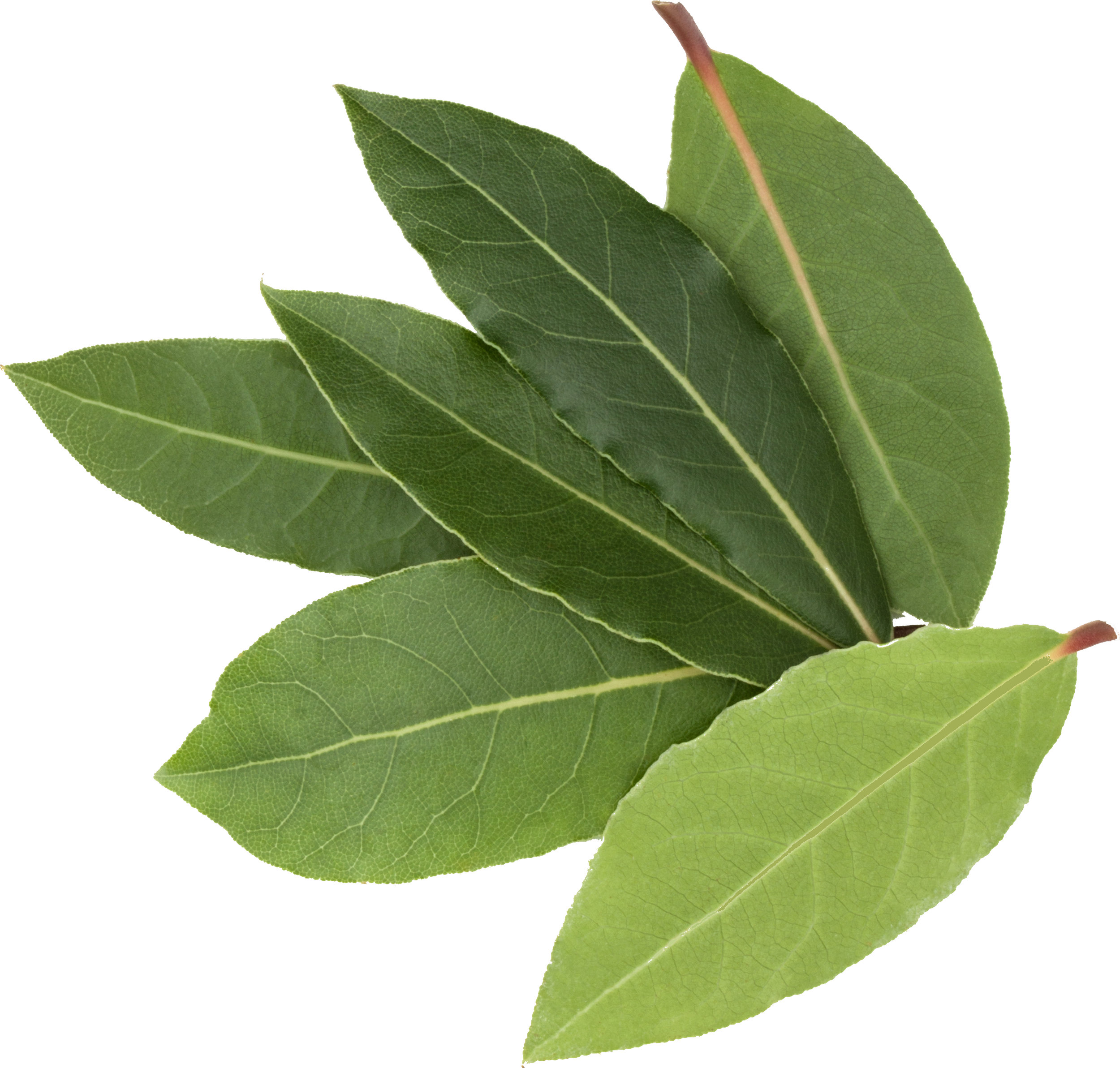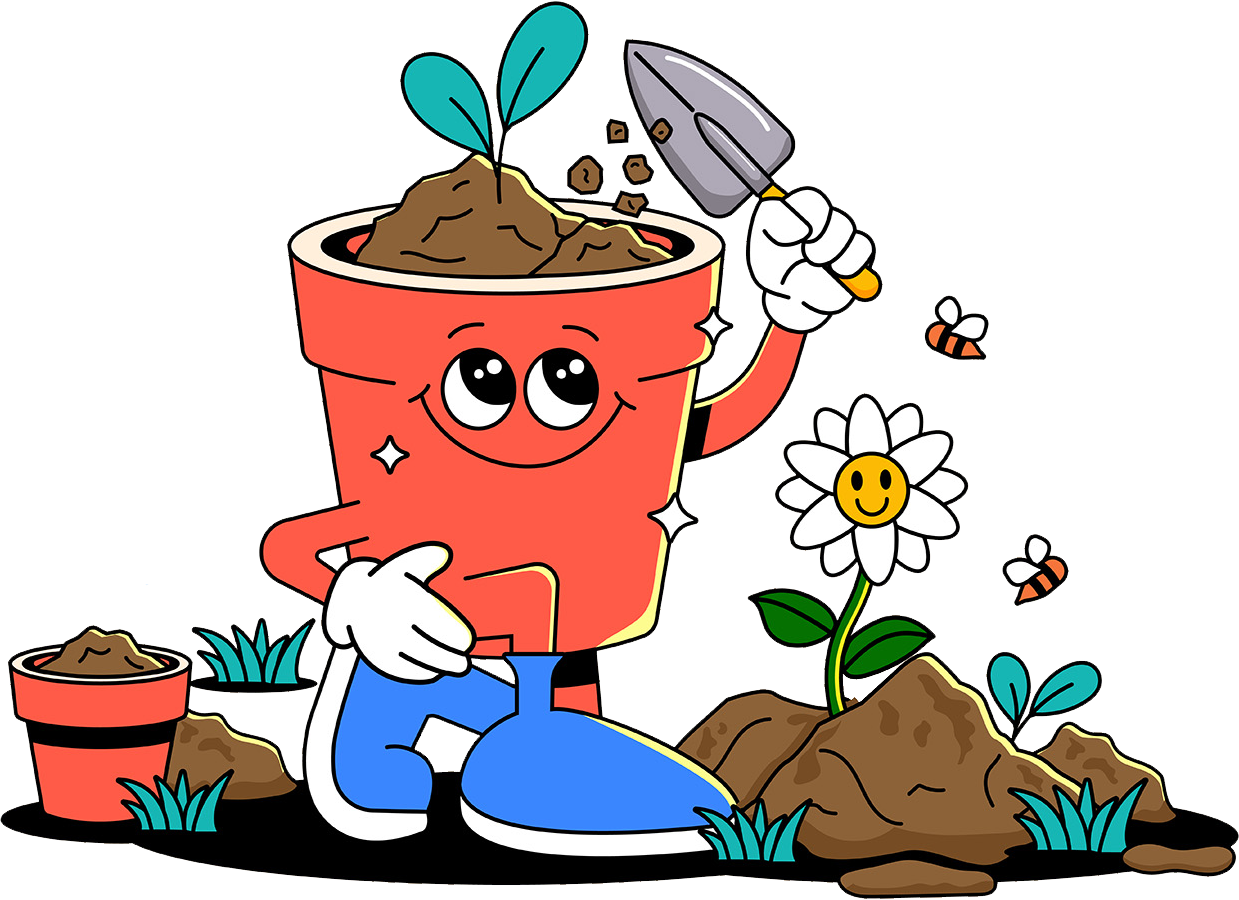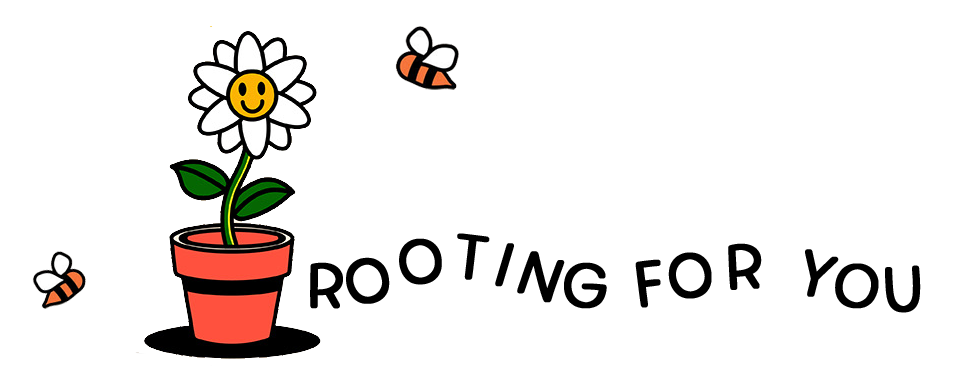bay leaf
FULL SUN
6+ hours of direct sunlight daily
☼ More sun = more flavor ☼
Bay leaf will protest to low light by growing slowly or appearing leggy.
In super hot climates, or on days of harsh sun, consider placing your bay leaf somewhere it can get afternoon shade. A little break from the sun will prevent burned leaves.
Water When dry
Water when top inches of soil are dry
Younger bay leaf plants need more frequent waterings, while mature ones are more drought-tolerant.
In general, bay leaf enjoys even moisture. Not too soggy, not too dry. Give it a thorough soak until it drains, then water when it feels dry again.
Bay leaf prefers moderate humidity.
It isn’t fussy, so indoor humidity is fine. In drier environments, you can use a pebble tray to help boost humidity levels.
soil needs
Bay leaf digs a light, fast-draining mix that dries slightly between waterings and doesn’t get soggy.
When choosing a potting mix for bay leaf, look for mixes that include:
ᯓ Perlite or Coarse Sand ᯓ
Improves drainage and prevents waterlogging.
Harvesting
You can start harvesting when your bay leaf is about a foot tall or when it has grown several healthy stems.
Try to harvest every 1 to 2 months or as needed to maintain shape and encourage growth. It can get a bit unruly if left unpruned!
⊹ Use Clean Scissors or Fingers ⊹
Always use sanitized scissors or pinch off stems with clean hands to prevent spreading germs.
⊹ Identify the Pruning Spot ⊹
Look for a node where two leaves branch out from the stem. Cut or pinch just above the node, leaving two leaves intact. This encourages new stems to grow from the node!
For a larger branch, trim at the base where it joins another stem.
⊹ Drying Leaves ⊹
Air Dry (1-2 weeks) OR
Oven Dry (1-2 hours): Preheat your oven to the lowest setting and place leaves on baking sheet in a single layer. Check occasionally. They will crumble easily when they are done!
Common Issues
-
A sign of overwatering. Soil that has been overwatered can lead to root rot and sickly leaves.
Remove affected leaves. Dry out the soil for a day or two. If the problem persists, remove plant from pot, trim away dead, mushy roots, and repot in fresh soil.
-
A sign of underwatering, overwatering or sudden temperature change.
Check the soil moisture. Bone dry? Give it a drink. Soggy? Allow the soil to dry. A little tricky, but bay leaf likes an even amount of moisture.
-
Likely due to not enough sunlight.
If you notice your bay leaf is growing slowly or looking leggy, try moving it to a sunnier spot to soak up more rays.
-
A sign of underwatering or shock from sudden temperature change or repotting.
Make sure to water your bay leaf when it is dry. A dramatic temperature drop may also shock this herb, so bring it indoors before a frost.
Pet Safe
Bay leaf is a non-toxic herb that is considered a safe herb to grow indoors or outdoors in pet-friendly spaces.












